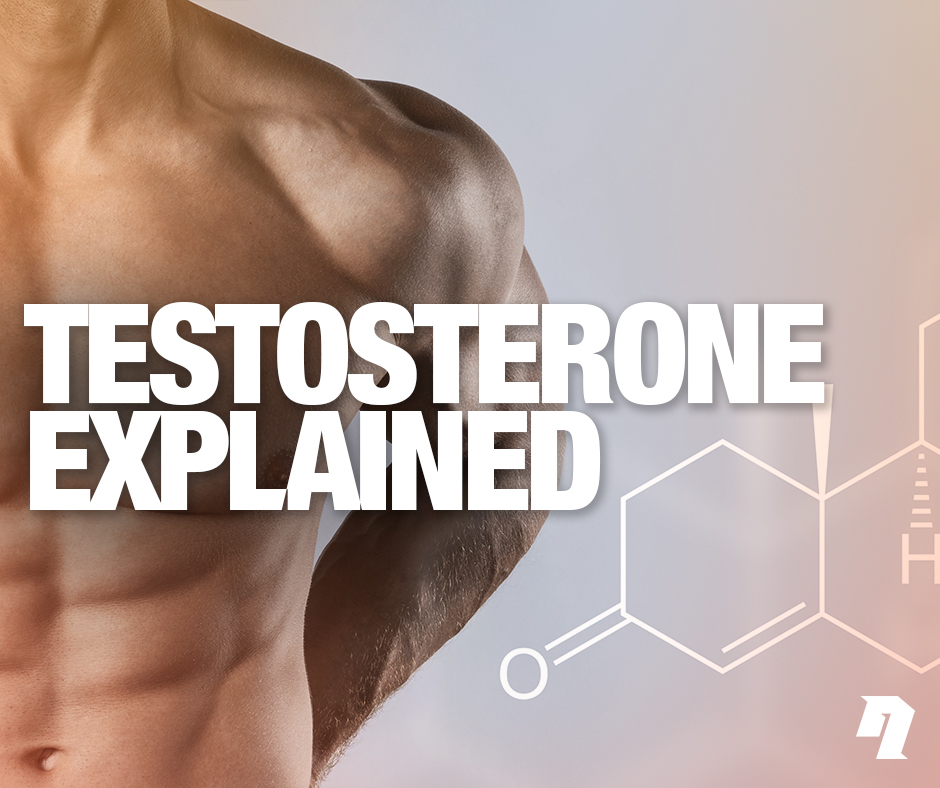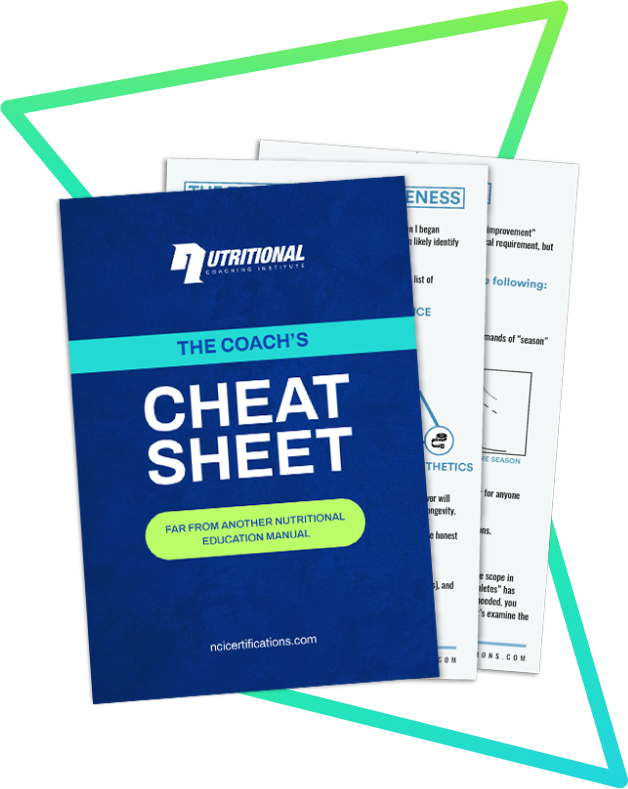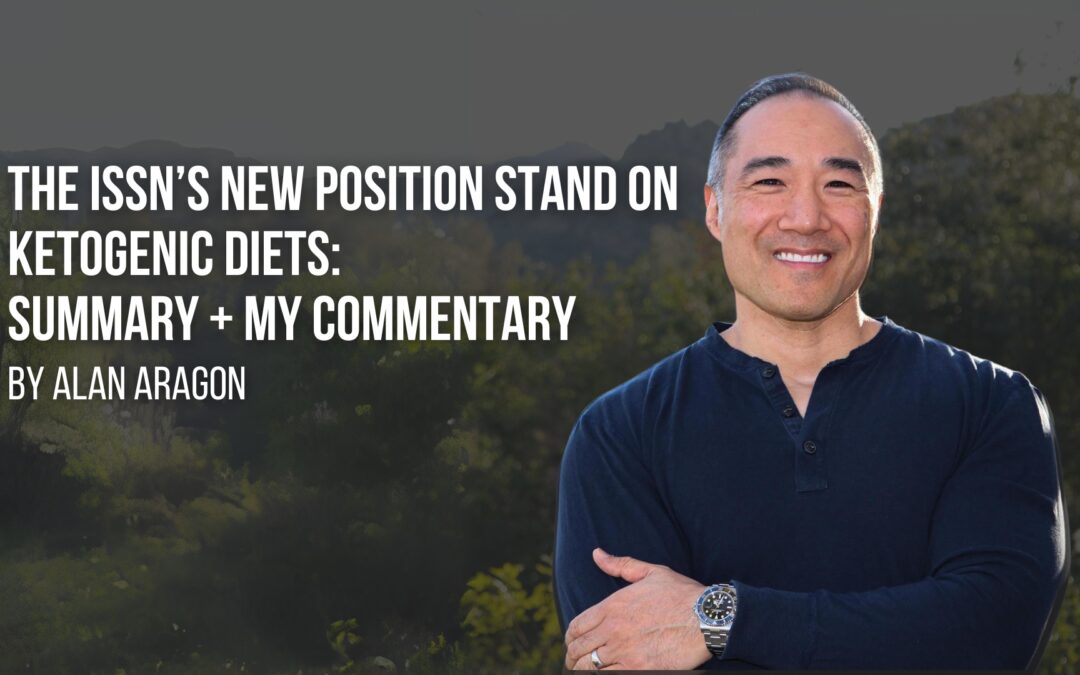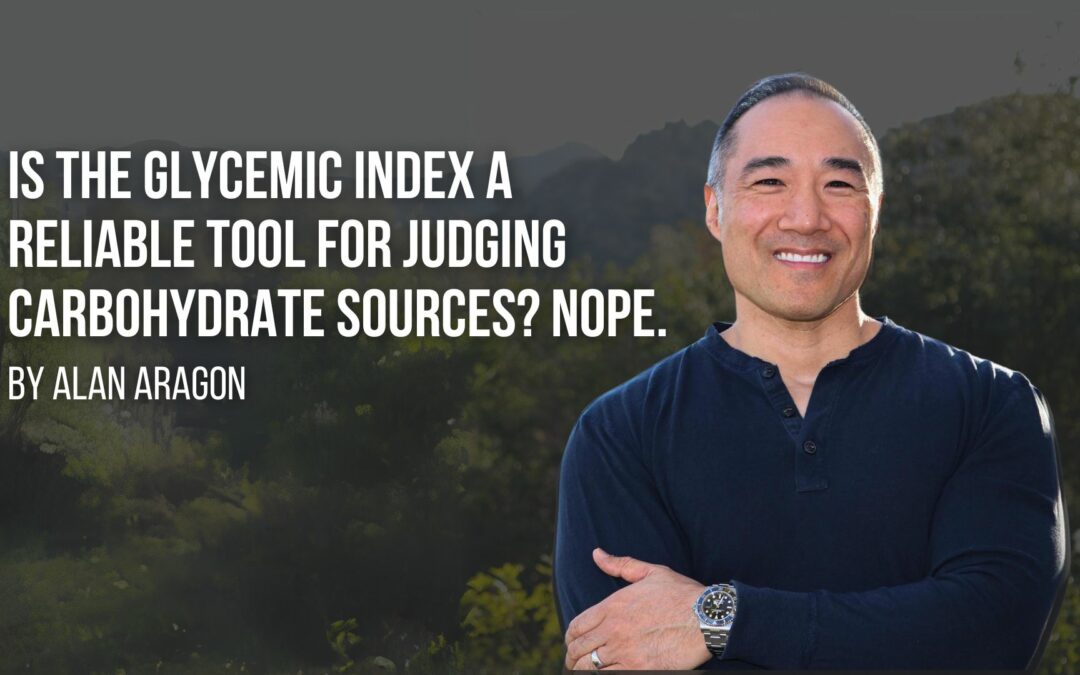If your clients have hormonal dysregulation, particularly involving testosterone, they’ll need some help getting it back to optimal levels. Here are the best techniques to do just that.
We all know that hormones are an important component of our bodies. And that maintaining good hormone levels is crucial, as once those levels become imbalanced, all kinds of issues can happen.
However, many people don’t know exactly what hormones do in the body. And this applies even to the ones that everybody’s heard of, such as testosterone, which will be the subject of this article.
But before we get started, I want to address a question that you might have at this point:
What makes me qualified to talk about hormones?
And it’s a good question to ask. You most definitely shouldn’t take everybody’s word when it comes to such an important subject.
To answer the question, I have about seven years of experience working in hormone clinics. During that time, I’ve read thousands of blood chemistry reports. I’ve also worked with both males and females on improving their diets and lifestyles and fixing their hormonal problems.
It’s also worth mentioning that I’ve read hundreds of Dutch tests, which are complete urinary hormone tests, as well as hundreds of stool tests for the microbiome. I even had the opportunity to help people employ hormonal replacement therapies.
Needless to say, I’ve got plenty of experience and knowledge to talk about hormones. But this begs another question:
Why should nutritionists care about hormones?
It’s because changes in diet and exercise can lead to hormonal imbalances. These, in turn, can affect your client’s results.
As mentioned above, testosterone is a hormone that requires particular attention. In this article, we’ll look at what happens with this hormone in the body and how you can use specific techniques to help regulate your clients’ testosterone levels.
What is Testosterone?
Testosterone is a hormone that men produce in the testicles and women in the ovaries. However, this hormone is more commonly known as the “male” hormone, as men produce more of it than women.
Testosterone levels start to decline at about 30 years of age. But today, we’re seeing that decline happening earlier, even in the mid-20s.
A person’s age, however, is just one factor affecting a person’s testosterone levels.
Other factors include weight, fitness level, how much muscle a person has, and the type of exercise they do.
Leaner, more fit people with a decent amount of muscle will have higher testosterone levels, while the levels will be lower in those who don’t exercise and have more body fat.
And if you have a particular client who needs to balance their testosterone levels, exercise is going to be a big component in achieving that result.
With that said, there are two other techniques that you can use to help your clients get optimal testosterone levels.
Three Techniques to Improve Testosterone Levels
Technique #1: Get Them Exercising (And Make Workouts as Efficient as Possible)
Let’s say you have a male client who’s not exercising and lifting weights. That’s going to be the first thing they’ll need to change.
And this should be something you insist on.
If your client tells you they don’t want to work out, you should explain that they might end up with low testosterone levels. This is a subject you’ll need to clarify right off the bat.
Now, if your client is already exercising, or you manage to change their mind about it, make sure that their workouts are as efficient as possible.
The best way to boost their testosterone levels is to maximize the exercise session. Here’s how to achieve that:
Use shorter rest intervals in between sets.
Use heavier weights and lower the reps accordingly. Aim to progressively load the weights to build more muscle tissue.
Use compound lifts. These are lifts that use multiple joints, like squats, power cleans or deadlifts.
Technique #2: Avoid Prolonged Aerobic Exercise
Longer aerobic exercises without adequate recovery negatively influence testosterone levels. Many studies have shown this effect, including testing on marathon runners or long-distance bikers.
Simply put, people who are constantly exercising with prolonged aerobic sessions have been shown to have lower testosterone levels.
So, if you want to help your clients balance this hormone in their body, advise them to do a shorter but more effective aerobic workout.
Technique #3. Make Sure Your Clients Are Getting Enough Healthy Fats in Their Diets
Testosterone is a steroid-based hormone that comes from the production of cholesterol, which people get from fats in the diet.
In other words, fats give us the raw materials we need to make testosterone. If your clients don’t take enough healthy fats through food, their testosterone levels will start dropping.
While we’re on the subject of diet, it’s also worth noting that food influences testosterone production both positively and negatively.
Food that produces stress for the body has a negative influence on a person’s testosterone levels.
How?
When our bodies are under stress, they revert to a basic survival mode wherein they’re trying to deal with the stressor. As a consequence, some other functions take a back seat, and reproduction is one of those. As testosterone is a reproductive hormone, your body will make less of it while under stress.
With that said, what are some food stressors?
For example, some types of food create inflammation. And when the body’s inflamed, it’s obviously stressed.
Another example is things that raise blood sugar levels, such as poor quality and processed food, anything with a lot of sugar, and alcohol.
The body doesn’t deal well with food that significantly raises blood sugar levels, especially in combination with natural fats. And if you look at the food you can find in nature, you’ll discover that there isn’t a single type that has both carbs and fats in high amounts.
Finally, there are some nutrients with a positive impact on testosterone levels. These are antioxidants, which reduce the oxidative damage in the body and the stress that comes from it.
Balanced Testosterone Levels for Better Health
Your clients need to have their testosterone, like all other hormones, in sufficient levels to maintain good health and get better results from your nutritional or coaching program.
Luckily, you can help them with that issue using the three techniques discussed above. They cover strength and aerobic exercise, as well as diet, so your clients should be covered on multiple sides.
If you’d like to learn more ways to help your clients, please contact NCI.





